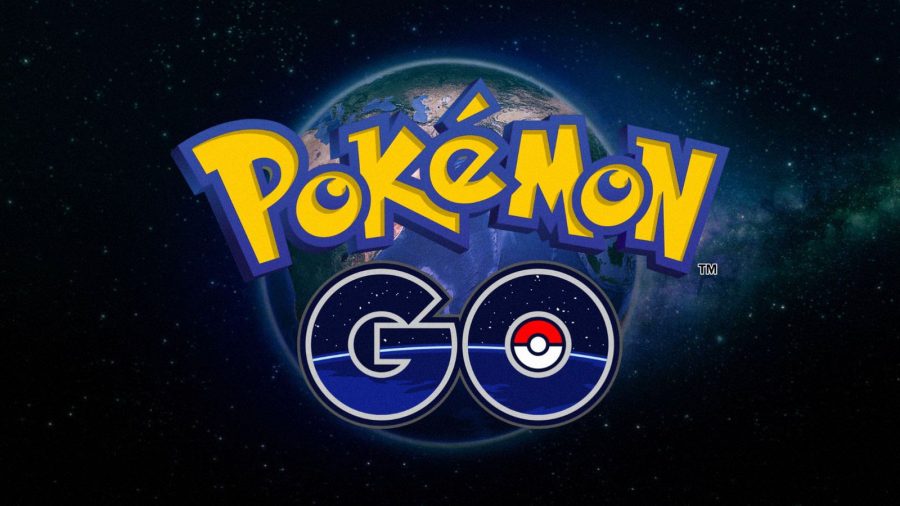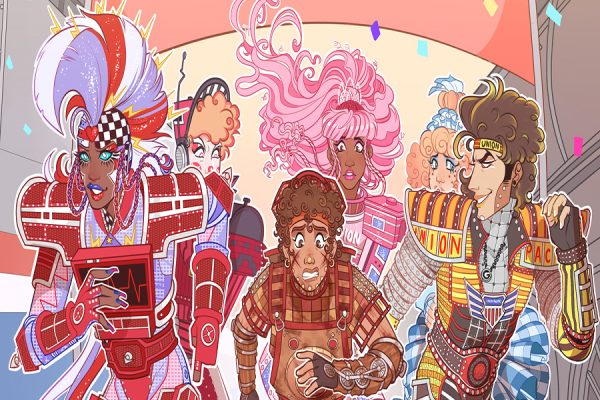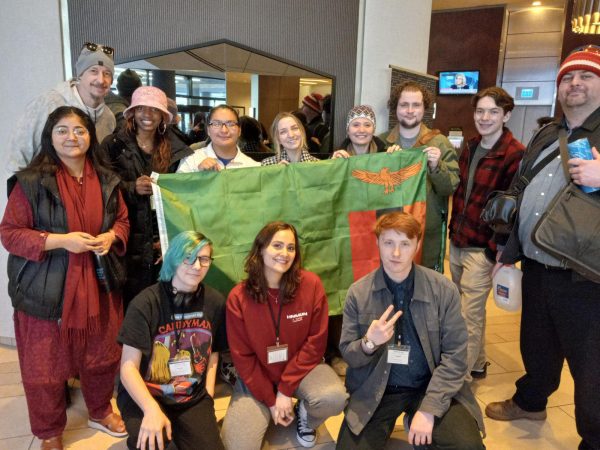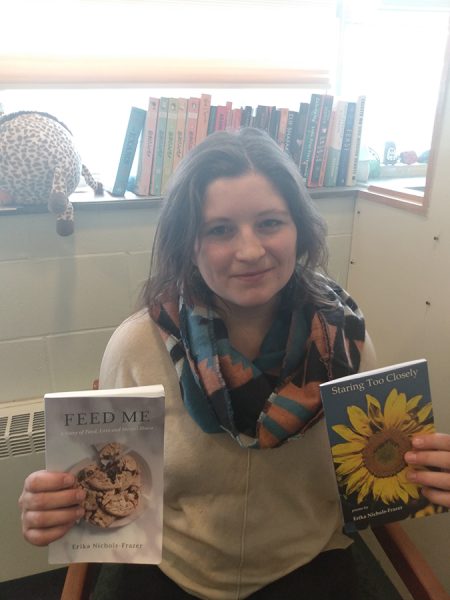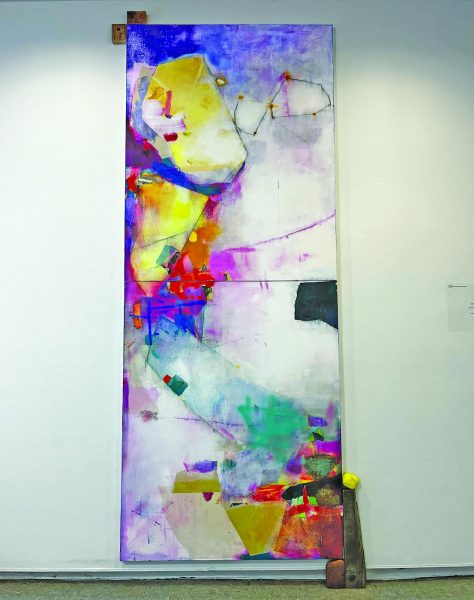PoGo is sticking around
The beginning of a new semester always brings changes to the campus. Sometimes they come in the form of renovated sidewalks, sometimes in changes of staff or faculty, and sometimes when hordes of Pokèmon move onto campus to hide in the grass of the quad.
“It’s been years since Pokèmon was really popular, at least in my eyes,” says Shannon McDuff, a JSC junior, “and then, boom — my friends are dragging me through the rain to catch Caterpies or running around the apartments trying to catch a Snorlax.”
Pokémon Go, or “PoGo” to those who prefer a snappier form of reference, is undoubtedly this year’s largest app craze. It allows players to find Pokémon in real-world locations, encouraging them to explore their area to find new Pokémon, PokéStops, and gyms. As of Aug. 12, the app had made over $250 million from in-app purchases and been at the top of the US App Store Overall and Games charts — excluding a couple of days in second or third place overall toward the end of July — since its July 6 release.
To be fair, quantity doesn’t always mean quality, so perhaps the game’s 20 million-plus daily users is a more relevant statistic.
What is it that makes this app stand out above other mobile games? Arguably, it’s simply the name recognition of Pokèmon — who hasn’t heard of those adorable little creatures? “Gotta catch ’em all” is practically ingrained in this generation’s vernacular.
However, the magnitude of Pokèmon Go’s success, despite its many technical flaws, suggests that there might be more to it than simple nostalgia.
“I get out so much more,” says Sarah Lind. “The best part is the addiction to walking around aimlessly while searching for the Pokèmon you don’t have or don’t have enough of.”
A sense of adventure and the desire to fill up the Pokèdex are definitely a couple of the game’s aspects that set it apart from other mobile games. “I explored my town more in the first two weeks after Pokèmon Go came out than I had in the entire year I’d lived there previously,” says Sarah Torellas.
Another draw to the game is one that Niantic — the company behind the massive success that is Pokémon Go — may not even have intended: a strong sense of community.
“Pokémon Go has had a strange friendly rivalry emerge on the campus,” says Tracey Crocker, an RA of Arthur Hall. “Students work together to find rare Pokémon but also compete to hold the bragging rights of the Dibden gym. It’s great to see everyone coming together in such a creative way.”
Her sentiment is echoed by others as well. “I enjoy the camaraderie that came about from Pokèmon Go,” says Cassie Earle. “We can work together to fight gyms.”
The game has quickly become a prominent aspect of campus life for many students, but that doesn’t mean that it’s always a big deal.
“I think that a lot of times it can start a conversation with someone that you didn’t know well before, but besides that it’s just something entertaining to do between classes,” says Jody Kifner. “Plus, every once in awhile, it adds a little competition between yourself and the people around you, which is probably healthy. It gets a lot of people moving a little more than they generally would. I don’t think that the effect is huge but I think what you do see is primarily positive.”
Of course, how you approach the game can be drastically different from person to person. One JSC student, who wishes to remain anonymous, encountered a dark side of Pokèmon Go when the game became an addiction. After spending over $100 on the game’s in-app purchases, he has gone cold turkey for the sake of his wallet and is now on the path to recovery.
But if you’re able to remain a casual player, the game is a fantastic way to spice up those dull moments between classes and interact a little more than usual with the world around you.
Despite her childhood love of Pokémon, McDuff was originally hesitant to download the app due to its sudden, explosive popularity.
“After weeks passed and the game seemed to be sticking around on the App Store, as well as the news, I decided to give it a shot,” she says. “I wouldn’t say I’m an avid player, but I can definitely see the appeal. There’s something about tracking down a Meowth or catching that Squirtle that’s been hanging in your room that’s just satisfying.”
Crocker took the opportunity to design her floor’s bulletin board and door decorations around Pokémon to celebrate the renewed popularity of the beloved franchise. “They have been a big hit,” she says. “It’s good to see people having fun and enjoying the little things.”
People have loved the idea of real life interactions with Pokèmon for years, and Pokèmon Go has taken a huge step toward making that dream a reality for long-time Pokèmon lovers. Until someone figures out how to let us actually hug an Eevee, this app is the best chance to step into Ash’s shoes and become the master Pokèmon trainer that so many children always knew they could be.


